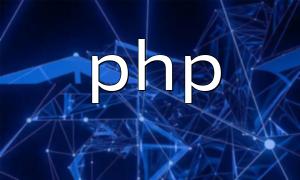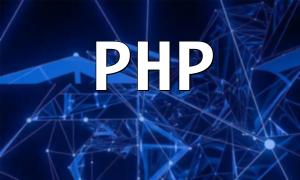With the continuous advancement of internet technologies, software development processes are constantly improving. To enhance development efficiency and project quality, automated deployment has become an essential part of modern PHP backend development. This article systematically explains how to implement automated deployment in PHP backend development and provides practical examples.
Automated deployment offers several advantages in the development workflow:
Improved Efficiency: Manual deployment requires step-by-step file copying and server configuration, which can be time-consuming and error-prone. Automated deployment significantly increases efficiency and reduces the risk of human error.
Consistency: Differences between environments can cause runtime issues. Automated deployment ensures consistency across development, testing, and production environments.
Reliability: By executing deployment processes via scripts, human intervention is minimized, reducing the likelihood of deployment failures.
Prepare the Server Environment: Install necessary environments like PHP and MySQL on the server and configure relevant paths to ensure the project runs smoothly.
Create Build Scripts: Build scripts are the core tool for automated deployment and can handle tasks like code pulling, dependency installation, and configuration updates. Example script:
#!/bin/bash # Pull the latest code git pull origin master # Install dependencies composer install # Update configuration cp config.example.php config.php # Other custom operations...
Set Up Version Control: Use version control systems like Git to manage project code, and configure SSH keys to allow automated code pulling during deployment.
Configure the Web Server: Set up virtual hosts on Nginx or Apache, point domains or IPs to the project directory, and configure access permissions.
Configure the Server: Store project-specific information such as database connections and cache settings in configuration files. Build scripts can update these configurations during deployment to ensure consistency with the code repository.
Several tools are commonly used for automated deployment in PHP backend development:
Jenkins: An open-source automation tool that supports multiple languages and version control systems.
Ansible: A popular automation tool that defines deployment tasks in a declarative manner.
Docker: A lightweight containerization engine that packages applications for rapid deployment across different environments.
Selecting the appropriate tool based on project requirements can greatly improve deployment efficiency and stability.
Automated deployment in PHP backend development can greatly enhance development efficiency and project quality. By preparing the server environment, creating build scripts, configuring version control, setting up the web server, and configuring the server, combined with suitable deployment tools, teams can achieve a reliable and efficient automated deployment process, saving time and reducing errors.









